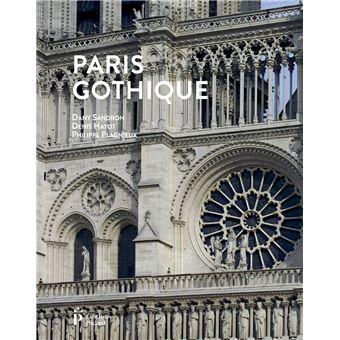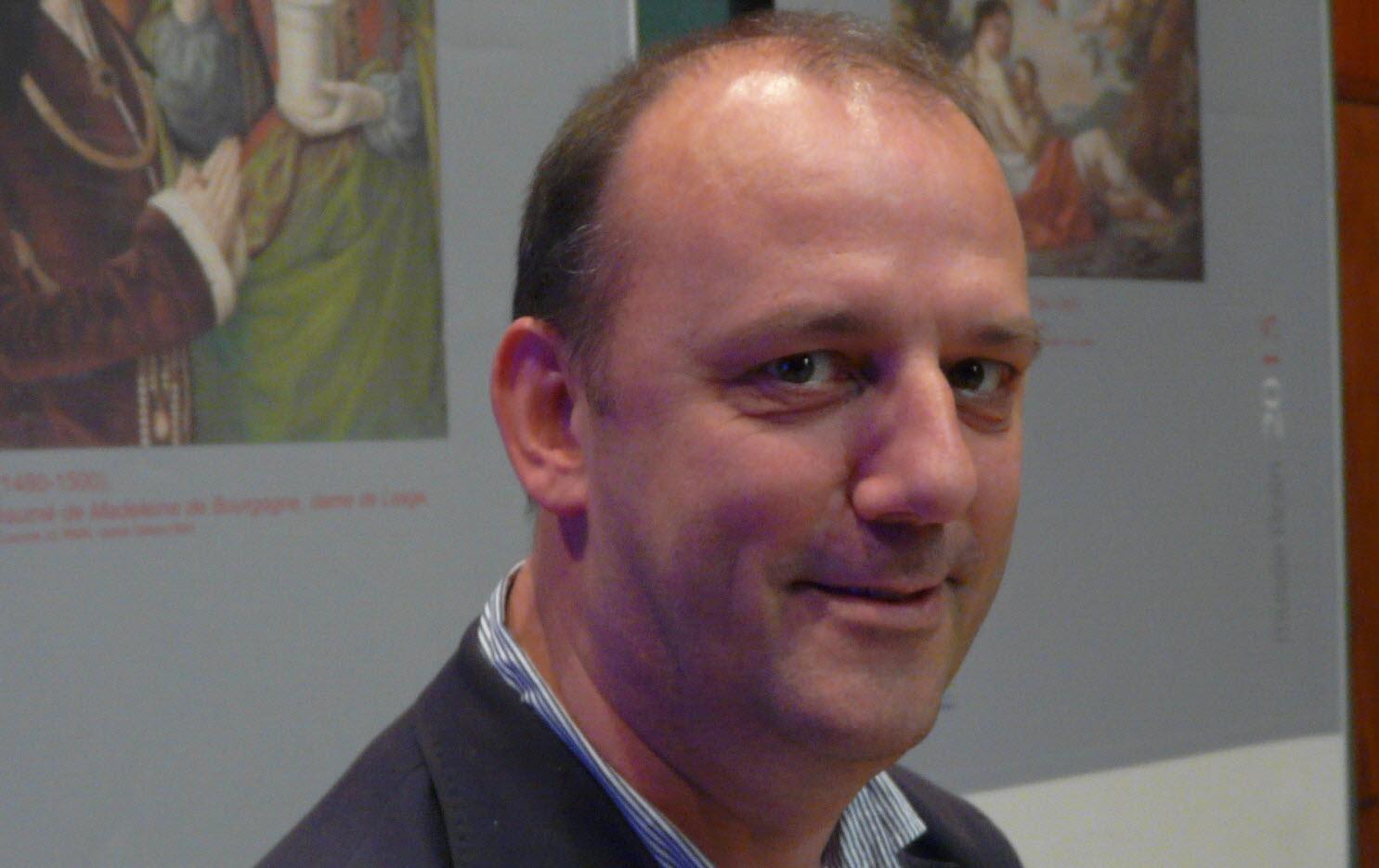Gothic Paris
0,00 €
| Language of origin | |
|---|---|
| Infos : | 12 × 28 cm |
Gothic architecture spanned from the prototypes of the 12th century to the grand Chruch of the 16th century. No other city around the world has such a magnificent wealth of gothic architecture. Despite losses over the centuries, this heritage still features some of the finest monuments of gothic art. Among them are the founding edifices including the Abbey of Saint-Denis and the choir stalls of Saint-Martin-des- Champs and Saint-Germain-des-Prés. Then there is of course Notre-Dame Cathedral, a vast construction project begun in the early 1160s which marked a decisive stage in the monumentalization of architecture. Around 1200 the creation of the western façade of Notre Dame heralded in a new model for church frontispieces: two towers, three portals and a flourishing rose, which triumphed over the centuries to come. The proportions of the façade became a reference for construction projects. Meanwhile in the same period, the Louvre fortress represented one of the finest examples of Capetian fortifications with its quadrangular layout and cylindrical towers. From the 1230s, Paris became the uncontested leader of gothic creation. Gothic architecture entered its heyday. Its circular bays and huge roses became typical of the disembodiment of architecture reduced to a stone skeleton, a style that soon spread around Europe.
Paris also had an important role to play in the late phase of gothic architecture. In France this period was considered flamboyant due to its taste for ornamentation and the use of curves and counter curves to create flame-like forms. It is also in this period that a number of aristocratic and ecclesiastical residences were built. Both groups naturally desired to reside in close proximity to places of power and remain close to medieval courtly life. There are 35 monographs describing the main monuments that appraise the most recent research. The result is a very different image of Paris, the city of a hundred bells. It also demonstrates how closed-in the city of Paris was, formed essentially of a citadel of royal palaces, many of the remains of which are to be found beneath our feet in cellars and basements.







